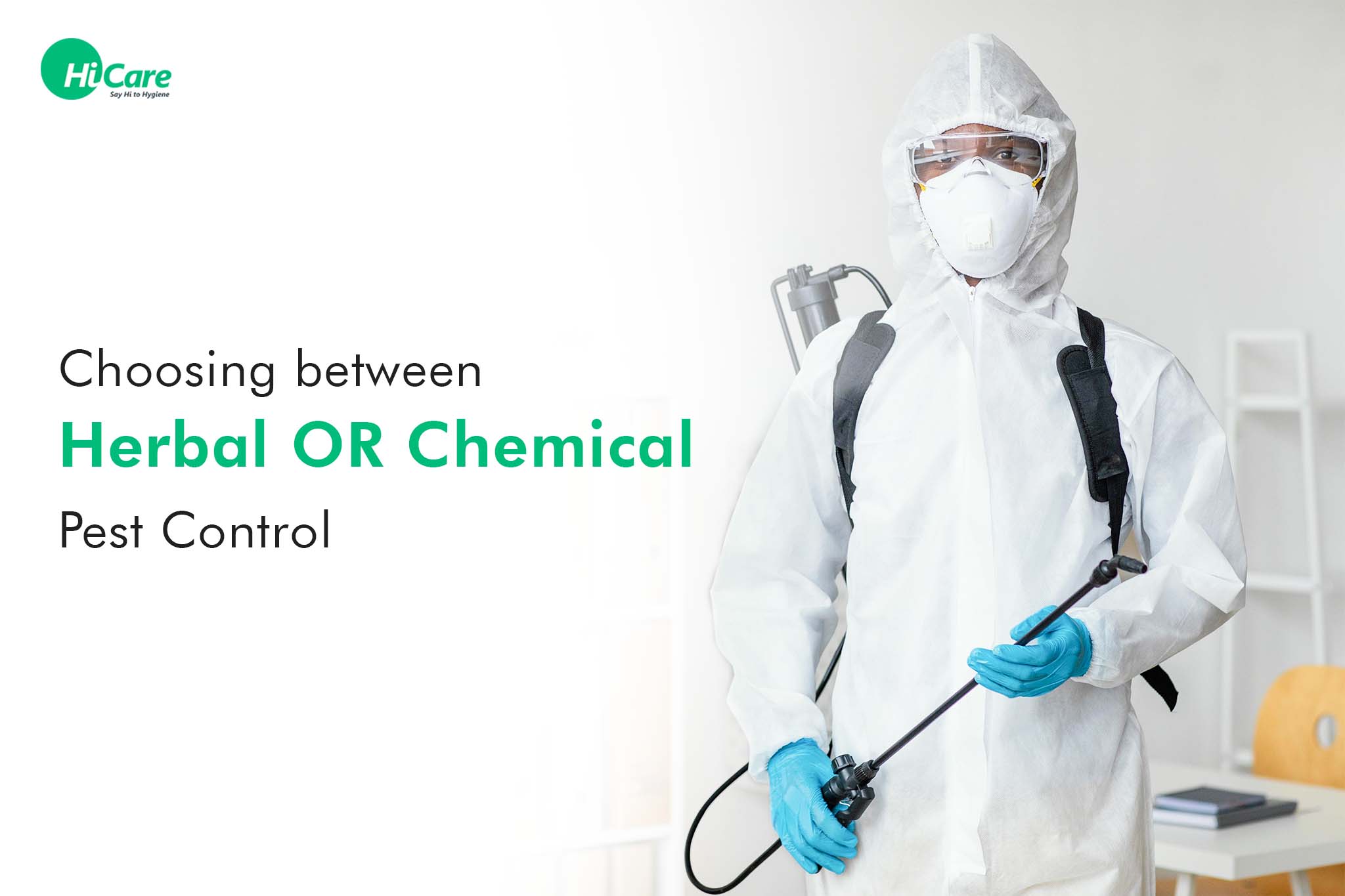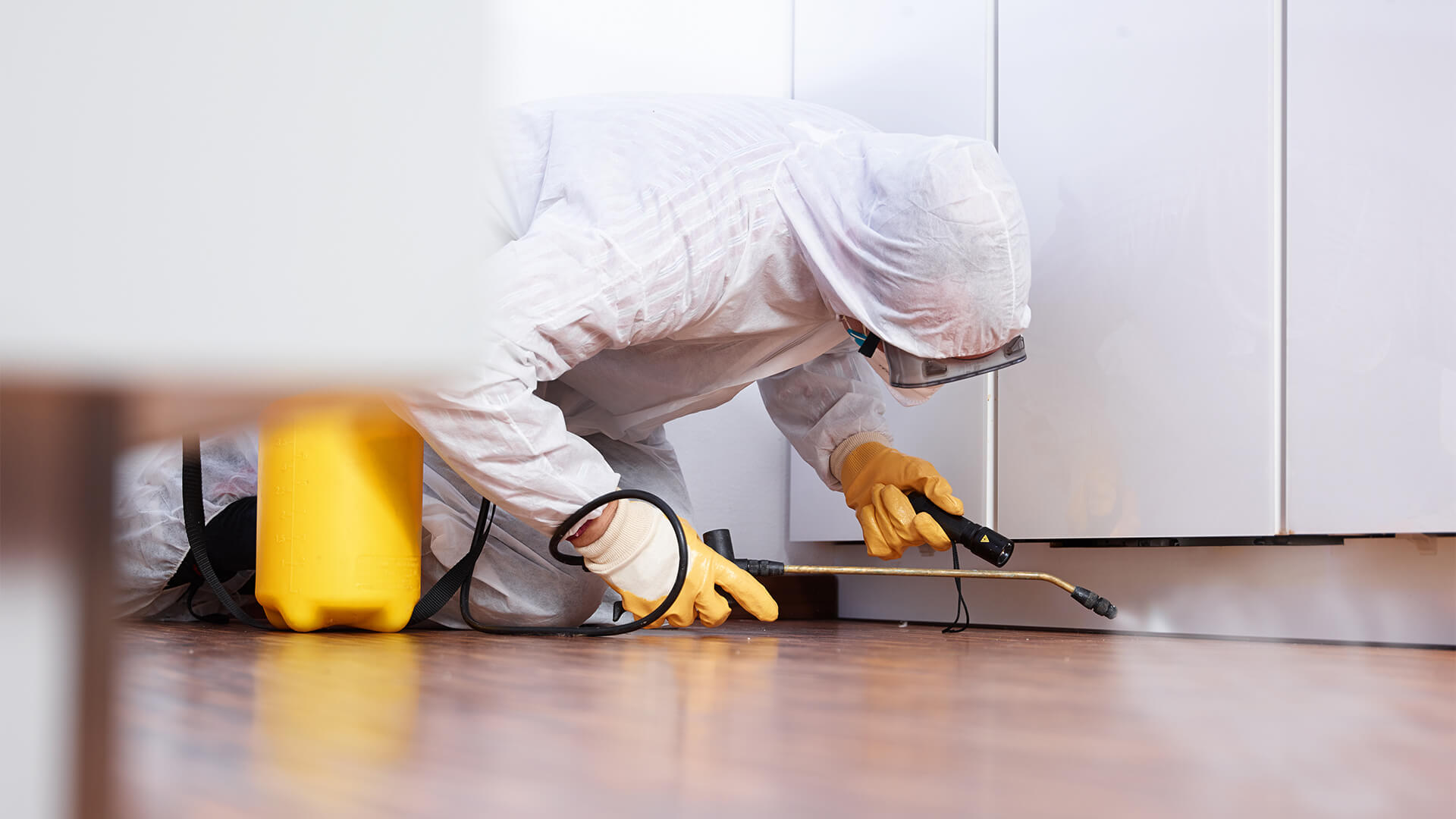Efficient A1 Bed Bug Treatment in Charlotte - Safe and Proven Techniques
Efficient A1 Bed Bug Treatment in Charlotte - Safe and Proven Techniques
Blog Article
Bed Bug Treatment Failure: Comparing Chemical Vs. Non-Chemical Solutions
In the realm of parasite control, especially when managing the persistent concern of bed pests, the option between chemical and non-chemical treatment options can be a crucial one. Both methods use distinctive advantages and disadvantages, influencing factors such as performance, safety and security considerations, and total expense. By checking out the nuanced details of each method, a clearer understanding of which path to go after in resolving a bed bug infestation can be achieved.
Efficiency of Chemical Therapies
Chemical therapies for bed pest problems have actually been widely recognized for their powerful and quick efficiency in eradicating these insects. When thinking about the efficiency of chemical therapies, it is critical to understand that they can provide a quick and comprehensive solution to a bed bug problem. Specialist pest control men commonly count on pesticides to target bed insects at various phases of their life process, including nymphs, eggs, and grownups. These chemicals typically work by interfering with the bed pests' worried system, leading to paralysis and ultimate death.
In addition, chemical treatments have the advantage of supplying residual results, indicating that they can remain to remove bed insects also after the first application. This recurring action is particularly advantageous in combating any kind of prospective re-infestations. In addition, the rapid activity of chemical treatments can bring alleviation to individuals dealing with extreme bed insect infestations, permitting them to regain control of their home promptly.
Security Problems With Chemical Solutions
One essential aspect that requires mindful consideration when utilizing chemical options for bed pest treatment is making sure the safety of owners and the atmosphere. Exposure to specific chemicals used in bed pest treatments can lead to respiratory concerns, skin irritability, or other damaging reactions, specifically in individuals with pre-existing problems or level of sensitivities.
Additionally, the environmental influence of chemical solutions is an additional significant factor to consider. Some pesticides utilized in bed pest treatments might be damaging to advantageous pests, wildlife, and communities if they seep right into the soil or water supply. It is necessary to utilize chemical treatments sensibly, adhering to safety standards, and thinking about much less harmful alternatives to mitigate these threats and guarantee the effective and safe monitoring of bed bug invasions.
Advantages of Non-Chemical Strategies
Considering the possible safety and security worries and environmental impact linked with chemical remedies for bed pest therapy, checking out non-chemical methods offers an appealing option with several distinctive advantages. Non-chemical treatments are environmentally pleasant, as they do not add to air or water contamination, making them a sustainable choice for insect control.
Furthermore, non-chemical remedies can be efficient in targeting bed insects, consisting of hard-to-reach areas where chemical treatments might not penetrate - A1 exterminator charlotte nc. Approaches such as heat treatment, vacuuming, vapor cleansing, and mattress see here encasements offer detailed removal without the usage of hazardous chemicals.
Limitations of Non-Chemical Treatments

In addition, non-chemical treatments commonly require several applications to attain effective eradication. This can be lengthy and might not constantly guarantee total removal of all bed pests and their eggs, particularly in hard-to-reach or concealed locations.
Moreover, the success of non-chemical therapies greatly relies upon appropriate execution and thoroughness, which can be testing for individuals without expert knowledge. Insufficient application of non-chemical approaches might result in incomplete obliteration, resulting in relentless infestations and the need for extra treatments.
As a result, while non-chemical therapies have their benefits, it is necessary to recognize these constraints and consider them when determining the most effective method for handling bed insect invasions.
Expense Contrast: Chemical Vs. Non-Chemical Options
Provided the restrictions related to non-chemical treatments, a necessary element to assess in the context of bed pest monitoring is the price contrast between chemical and non-chemical options. Chemical therapies typically involve the application of pesticides by specialists, which can vary from $250 to $900 per space, relying on the extent of the invasion and the size of the location to be dealt with. In contrast, non-chemical treatments like heat treatment or vapor can be extra costly, with expenses ranging from $1,000 to $6,000 for a whole home. While the preliminary cost of chemical therapies may seem lower, multiple therapies might be needed to totally remove the invasion, potentially raising the overall expense. On the other hand, non-chemical alternatives may provide a much more lasting and environmentally friendly solution, although they can be cost-prohibitive for some people. Eventually, when taking into consideration the expense of bed bug therapy choices, it is necessary to weigh the ahead of time expenses versus the effectiveness and long-term sustainability of the selected approach.
Verdict

Thinking about the prospective safety and security issues and ecological influence linked with chemical solutions for bed bug therapy, discovering non-chemical approaches presents a promising option with numerous distinctive advantages.Offered the limitations connected with non-chemical treatments, an essential element to review in the context of bed bug management is the price comparison between chemical and non-chemical options. In contrast, non-chemical therapies like warmth treatment or steam can be a lot more costly, with expenses varying from $1,000 to $6,000 click here for more for an entire home. While the initial expense of chemical treatments may seem lower, multiple treatments may be required to completely remove the invasion, potentially enhancing the overall cost.In verdict, when comparing chemical and non-chemical bed insect treatment choices, it is crucial to think about efficiency, safety and security, advantages, constraints, and price.
Report this page